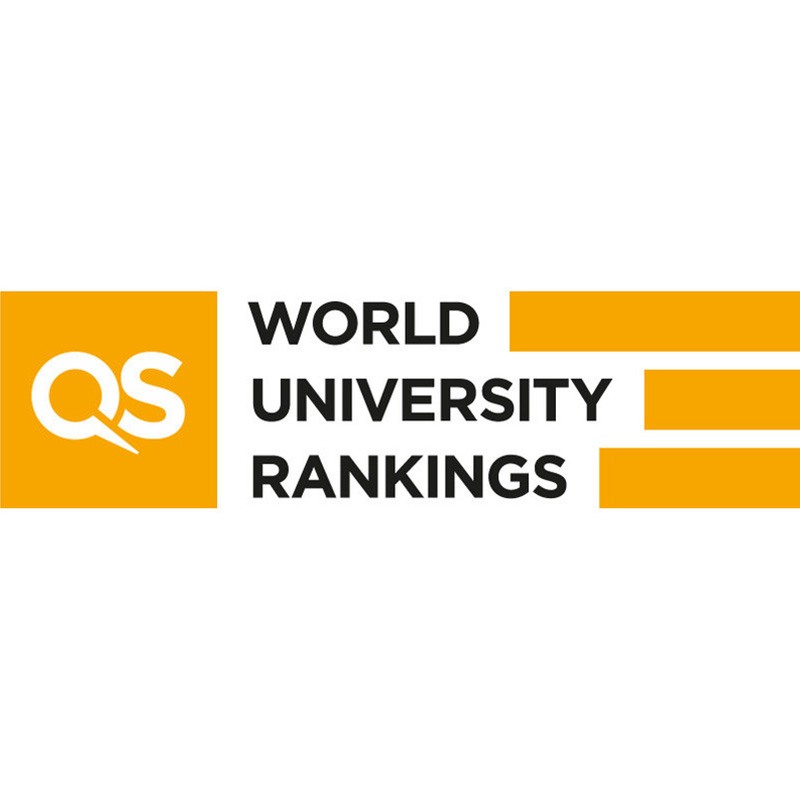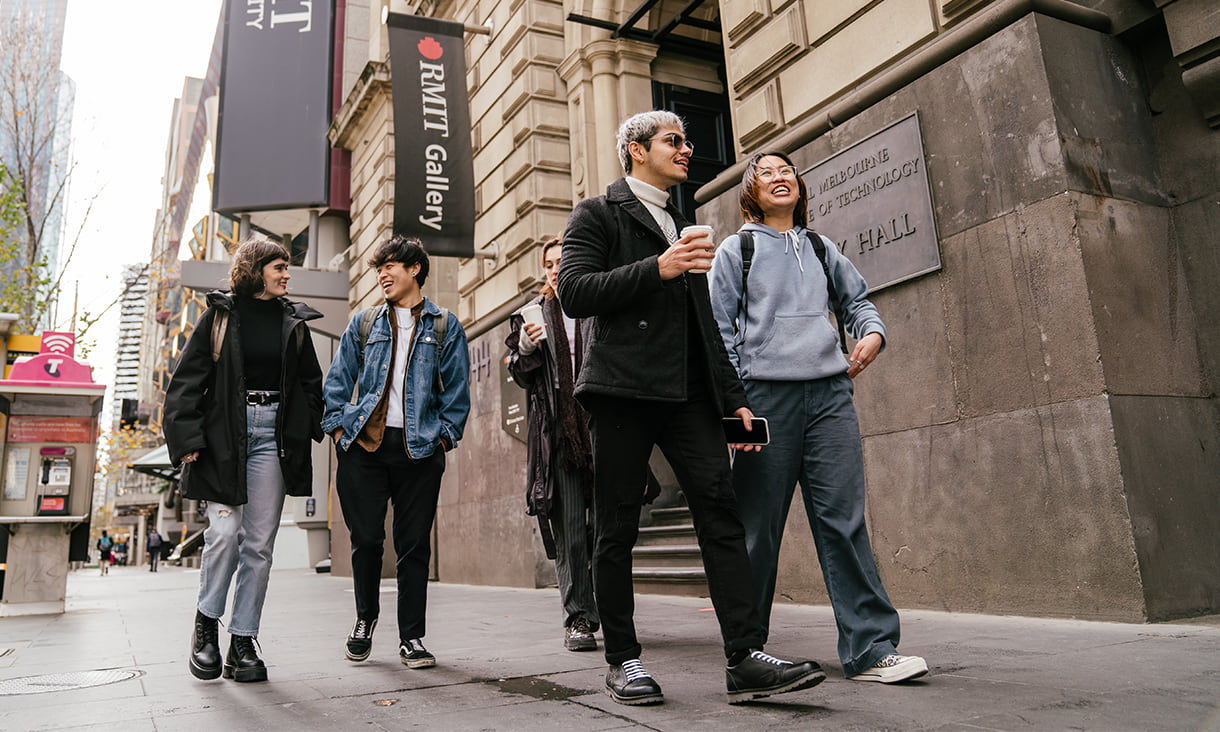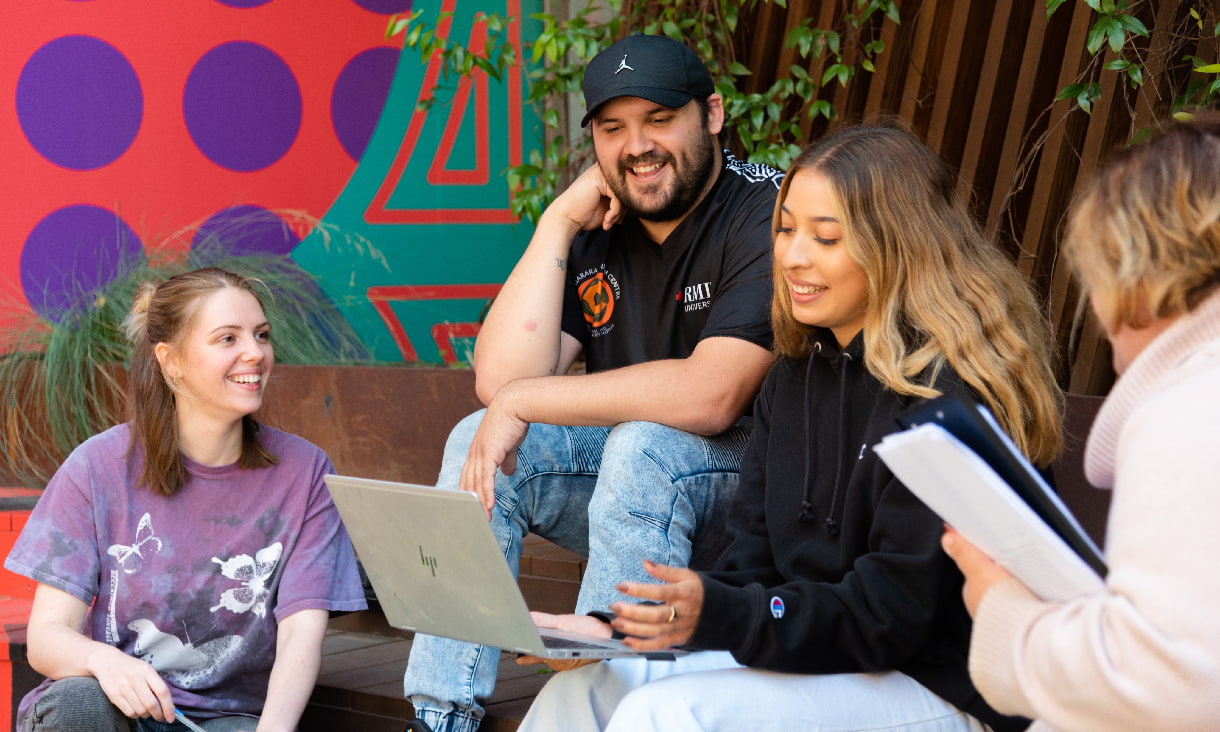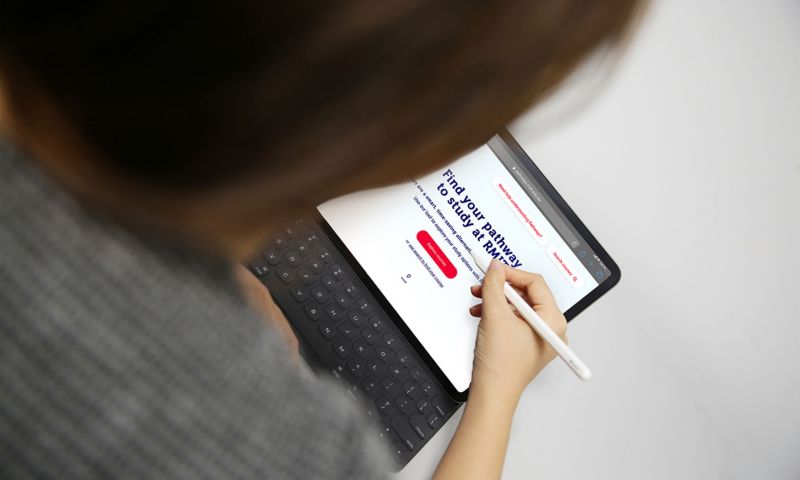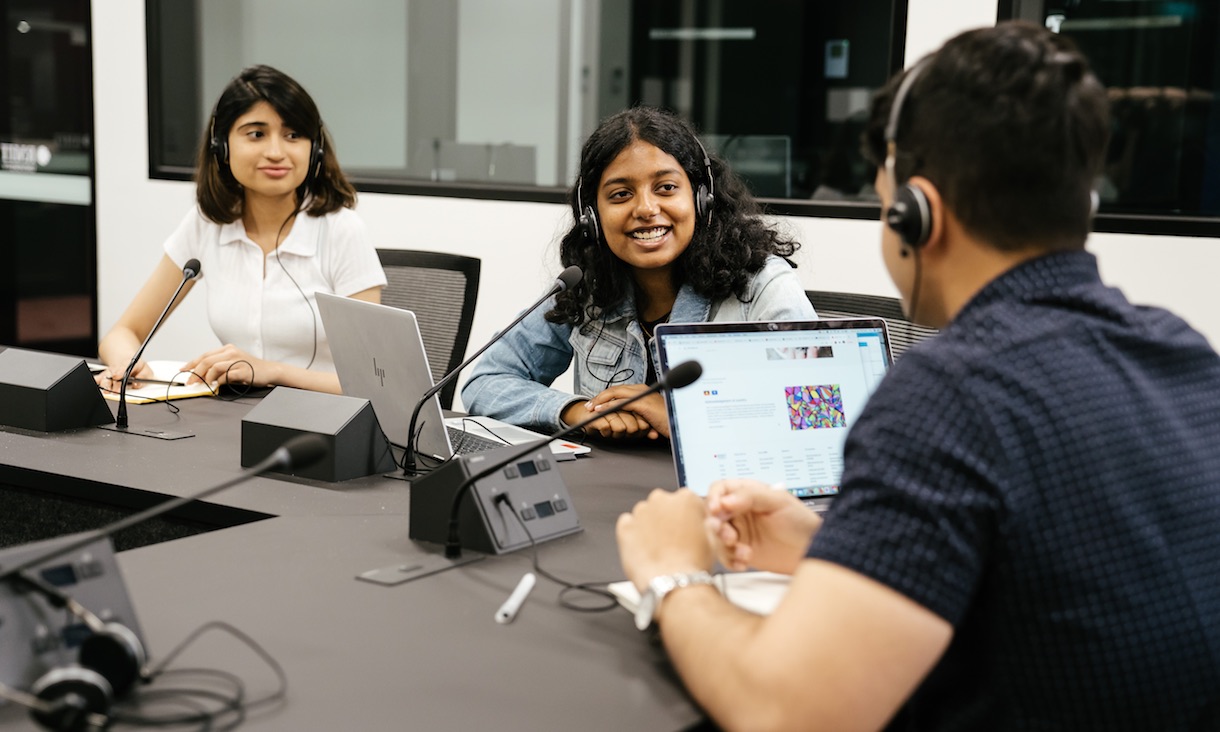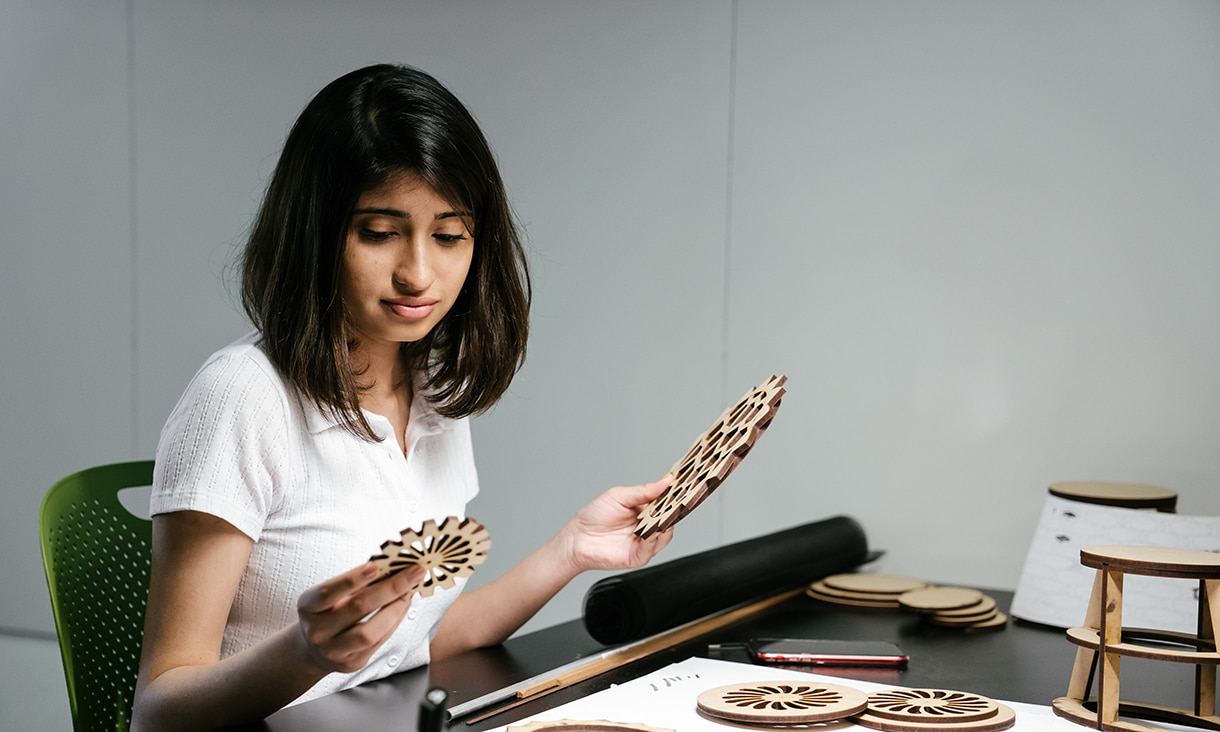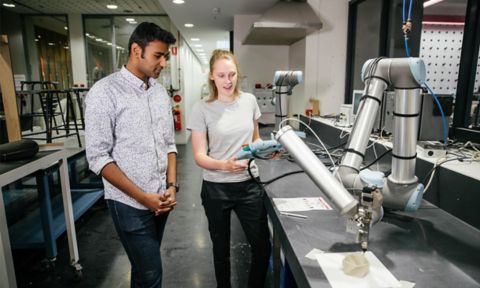Year 11 is the beginning of VCE for most students, which means their chosen subjects may be the start of obtaining the prerequisites required for their future university course.
In Year 11 your child's chosen subjects give them the base knowledge for studying a subject more in-depth in Year 12. Sometimes students need to have studied the Year 11 equivalent subject to study it in Year 12, which contributes to their ATAR. Their ATAR determines whether they will be able to study their preferred university course at an undergraduate level. Additionally, your child may need a certain ATAR and have studied the Year 12 subject to get in (also known as a prerequisite), so it is best to start thinking about how your child’s subjects align to university courses early. If your child decides they want to study something they didn’t do the right subjects for during school, RMIT’s pathway options help bridge the gap. They’ll be studying for the career they are after in no time.
Year 11 provides the opportunity to establish positive study habits, embrace the resources available to them at school surrounding careers, and begin exploring university options. It’s a great time to support them in their exploration at expos, Open Days and online forums.

